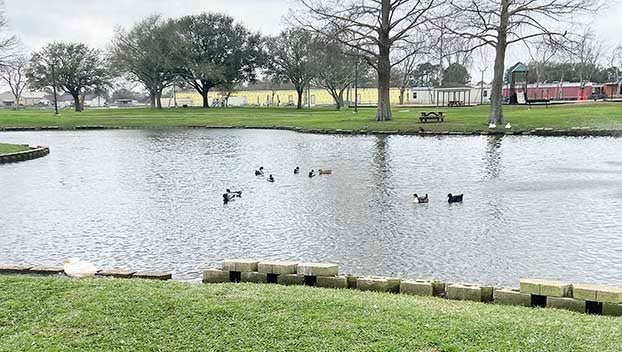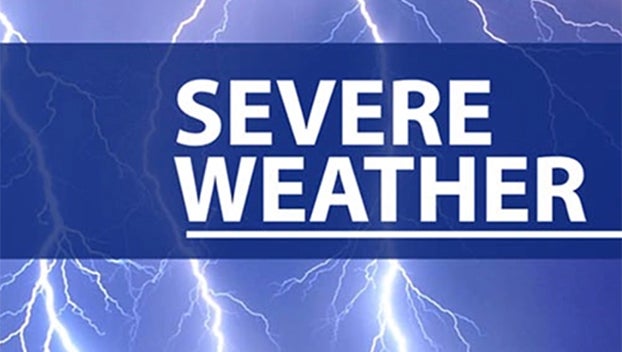VIDEO — Please stop feeding the ducks in Nederland
Published 12:30 am Thursday, February 16, 2023

- Nederland city officials have in the past aired concerns regarding the feeding of ducks at Doornbos Park. (Candace Hemelt/The News)
|
Getting your Trinity Audio player ready...
|
NEDERLAND — Friendly parkgoers in Nederland are doing more harm than good when it comes to feeding the ducks.
There is now an overabundance of ducks at Doornbos Park as a result of feed and seed being dropped in areas of the park that is also muddying up certain areas.
The concern in question was a topic of discussion at this week’s Nederland City Council meeting.
To be clear, city leaders are asking the public to refrain from feeding the ducks going forward.
Parks & Recreation Director Angela Fanette knows the ducks and other wild animals are definitely part of a public experience but the city must do its best to inform parkgoers of the negative impacts of artificial feeding for the ducks and the park.
Fanette stressed the ducks are not “owned” or provided for by the City, much like squirrels, turtles or others animals in the park. However, making sure the whole ecosystem is healthy benefits all who utilize Doornbos Park.
“We certainly don’t think there is any ill intention, but overpopulation can result in a lot of negative effects for the ducks and the park as a whole,” Fanette said.
City councilmembers and administrators are looking to begin an educational program to inform parkgoers of the results of poor nutrition for the ducks and the consequences of dependence on artificial feeding.
“When we began researching this, we looked at what other cities were doing as well,” Fanette said.
The city began sharing warnings and information this week through social media.
Some concerns
• Wild ducks and geese feed on a variety of natural foods, such as wild grains and grasses, aquatic plants and invertebrates. When eaten in combination, these foods are nutritionally balanced and provide everything a wild duck or goose needs to survive. In contrast, foods commonly fed to waterfowl in public parks, such as bread, popcorn, and corn are typically low in protein and essential nutrients and minerals (such as calcium and phosphorus) and result in a variety of nutritional disorders.
• Supplemental feeding can interfere with normal migration patterns by delaying departure or suspending the behavior altogether. These feeding sites may also attract migrating waterfowl and even further inflate the local duck and geese populations during certain times of the year. If it is a particularly harsh winter, birds may perish when the water freezes or if feeding is suddenly stopped depriving the birds of all forms of food.
• In the wild, the term “carrying capacity” refers to the population size for the species that can be supported indefinitely by the environment. Supplemental feeding in public parks artificially raises the number of individuals (ducks and geese in this case) beyond what the pond can normally support. Increased waterfowl abundance leads to increased competition for food. As a result, the weaker birds often sustain pecking injuries from more dominant birds that can result in infection and a general failure to thrive.
During the spring breeding season, gangs of male ducks physically attack each other to get access to female ducks. This not only leads to plucked featherless areas and skin lacerations, but females often drown as they cannot escape the driven males. Females that manage to escape the male ducks often nest up to a mile away from the water but still within the confines of the town or city. This abnormal nesting behavior puts them at risk of urban predators, vehicle collisions and perils not associated with nesting in natural areas.





